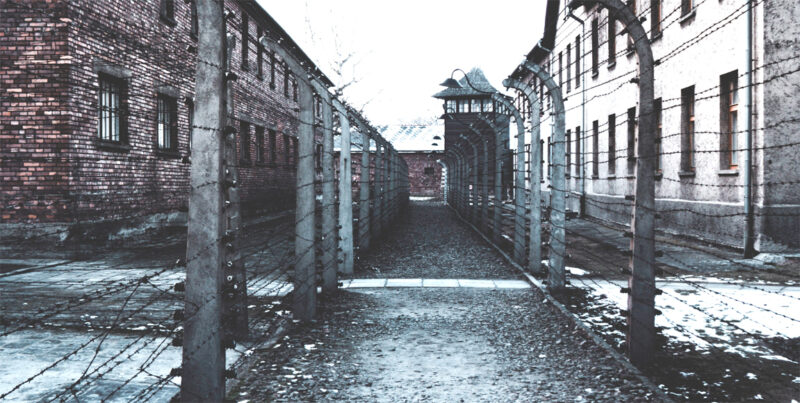Daniel Juster, Th. D., Restoration from Zion of Tikkun International
I have been involved in efforts for many years to see the Church come into alignment with the restored Messianic Jewish community. Our own ministry in Tikkun International has been deeply committed to this (see Asher Intrater’s new book Alignment). The Toward Jerusalem Council II project is very much given to this task, to see the Church in all its streams, officially commit itself and declare its stand of alignment and support for the restored Messianic Jewish community. We have traveled in Europe to site where regional and international Church councils declared both anti-Semitism and the rejection of the Messianic Jewish life in decrees from 307 A. D. in Alvira, Spain and then in several councils after. On our journeys Church leaders practiced prayerful repentance for these actions. We have included Church leaders who have repented for the Holocaust including at Aushwitz. One of the things I noted in trips to such places as Nuremburg, Germany, is the great spiritual desert where the worst crimes were committed. This is so common in Europe, there are so few who are followers of Yeshua. How can the Gospel ever flourish were there as been such sin without adequate repentance? From studying spiritual warfare, the evidence is clear to me that darkness rules where there is such sin, and it is intergenerational as taught in the Torah, “visiting the sins of the fathers to the children to the third and fourth generation.” Many will be lost due to these sins, for the descendants cannot respond to the gospel in significant numbers. The key to overcome and redeem such people is a group that can represent them, repent and pray for forgiveness. If we have a few from their ranks we can see a door opening for repentance and forgiveness.
In the weekend edition of the Wall Street Journal on January 20, there was a book review of Anatomy of a Genocide by Omer Bartov. Bartov’s mother immigrated to Israel in the mid 1930s from the twon of Buczacz in Ukraine. The family members who did not emigrate were murdered. This is not unique, and the usual horrible features of the Nazi genocide are repeated. We are so familiar with the terrible and oft repeated atrocities. However, this book adds a level of evil that is beyond the normal unspeakable horror. The evil is not that townspeople supported the Nazi’s in their quest of murder. Rather it is that those who seemed to be friends with the victims changed from friends to enemies and practiced relished sadism in a way that alarms us and shows the depravity of human beings. “Killers knew their victims personally, and most of the time such familiarity only added to the sadistic glee with which they slaughtered children or buried entire families in mass graves. Many of the perpetrators were known as decent folk before the killings began, not displaying any particular tendencies toward violence or ideologically fueled hatred. Afterward they were able to return to their normal lives without a trace of their capacities for cruelty or any indication of remorse or shame. The bloodshed left no stain.” Or did it?
Years ago I used to entertain the thought that very civilized people who seemed to behave with graciousness, could have a lurking root of evil within that could be tapped given the right circumstances. This real inner evil can only be removed through the cross and conversion on a deep level. This view seems even more correct given the story of this town. But then a second question looms. How can the descendants of these people in this town receive the Gospel. The hardness toward the Gospel often has roots in the depth of sin. It is a judgment of God that leads to Hell for many. So the key here is to have massive prayer for such a town and to find some who will respond and then to begin the repentance for that town. I think only then can we see the Gospel take root and make great gains. Yes, we do want to see all people saved and come to the knowledge of the truth, but such roots of sin will require much prayer for this to happen.
